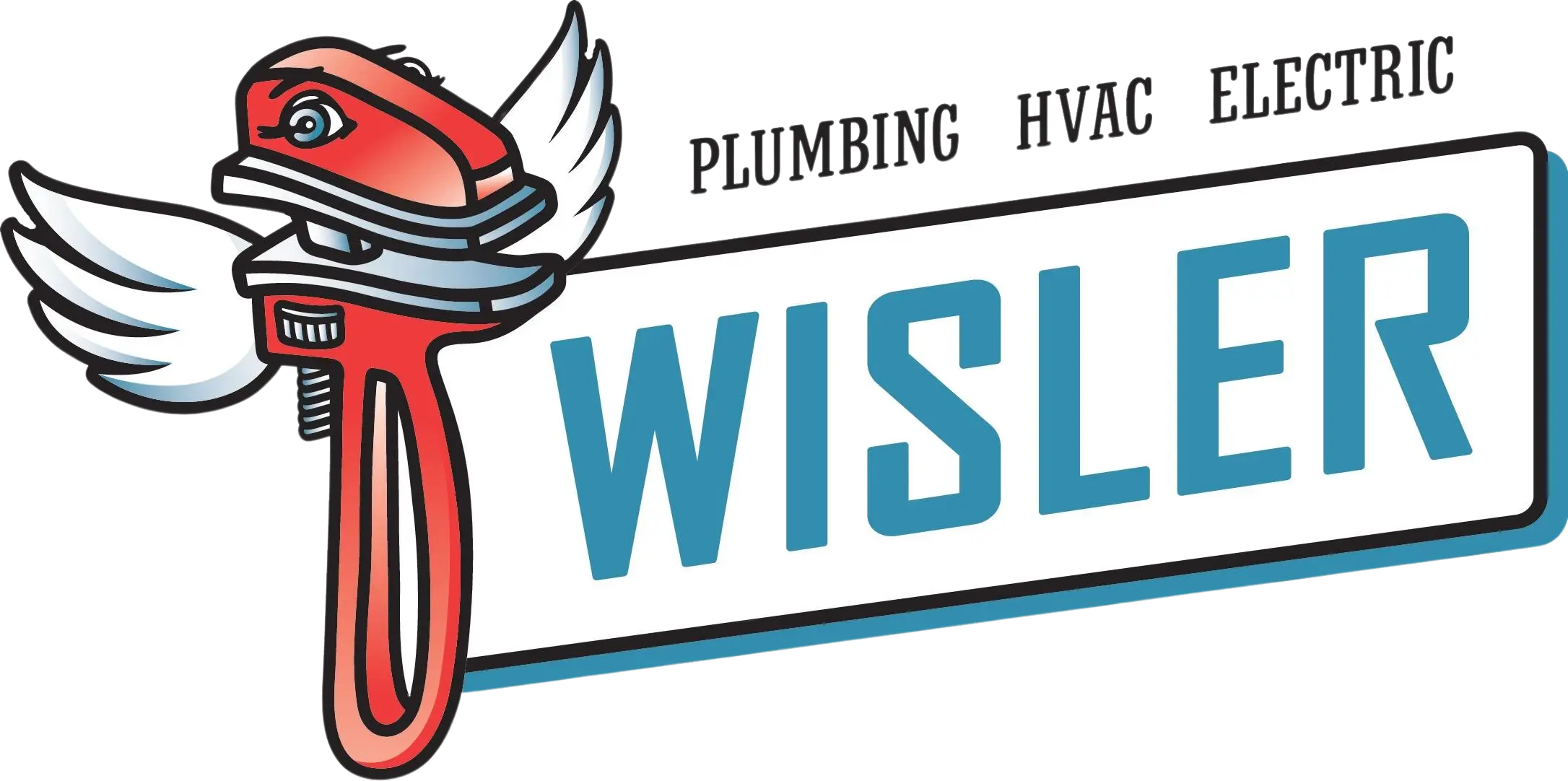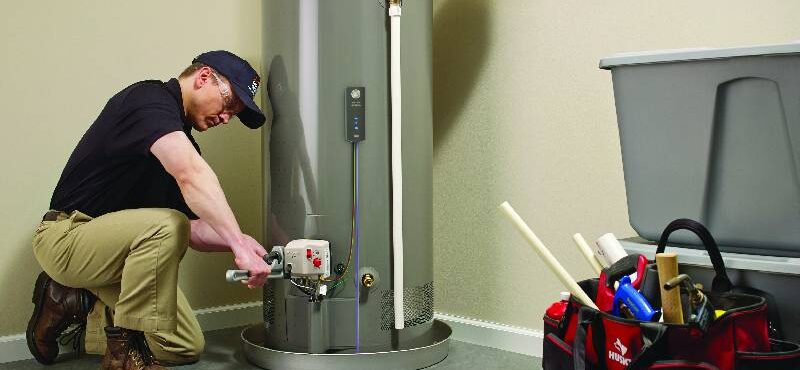Should I Buy a New Water Heater from a Retailer or a Plumber? Replacing the water heater in your Roanoke area home is no small project. When purchasing a new water heater, many homeowners wonder whether they can purchase the equipment in retail stores, online, or at local hardware stores instead of calling a plumber. […]






